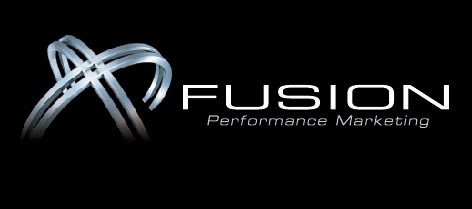The global nature of business has created a rise in international meetings. Trends are continuing “toward smaller and shorter events, with a focus on more-specific, tailored content of a high quality” – according to Gidman of VisitEngland. These group travel events have primarily been international groups from Europe, Asia, South America, and largely from India.
So what should you keep in mind for planning your international meeting?
Tip #1 :
Planners in the international arena need to make sure to take advantage of local knowledge. FUSION’s network of local DMCs with the knowledge and expertise of the area will prove to be very valuable in creating unique, one-of-a-kind events.
Tip #2 :
Consider the currency. The biggest challenge right now for international meeting in Europe, Australia and even Canada – they can be more expensive than a domestic meeting due to the US dollar being lower.
Tip #3 :
Know the culture of the area you are planning an event in, make sure to take into consideration those cultural differences. Key challenges planners face – language, currency and contractual policies.
Tip #4 :
It is important that meeting planners are aware of and understand the rules and regulations of each country to be proactive with what needs to be done and to advise clients and attendees accordingly.
Tip #5 :
In the proper context, “a well-run international event can save money, not waste it.” Size of international meetings are increasing, while the frequency decreases. Many companies are taking advantage of being overseas by meeting with international clients over the course of their event. Make sure to utilize your time overseas.
Tip #6 :
Last, but not least, leave the planning to the subject-matter experts. Meeting planners and incentive travel companies, likeFUSION Performance Marketing, not only have the first-hand knowledge of working with many different types of events, but also the working relationships with suppliers across the globe to provide the most value for your business meeting and incentive travel programs.
Reference: Chouteau, Zachary. “World Affairs.” Meetings Focus, August 2011. http://www.meetingsfocus.com/Topics/ArticleDetails/tabid/162/ArticleID/16210/Default.aspx?utm_source=MagnetMail&utm_medium=eNewsletters&utm_term=mflanagan@fpmglobal.com&utm_content=Meetings%20West%2008-02-11&utm_campaign=Lenders%20Foreclose%20on%20Tahoe%20Ritz-Carlton



